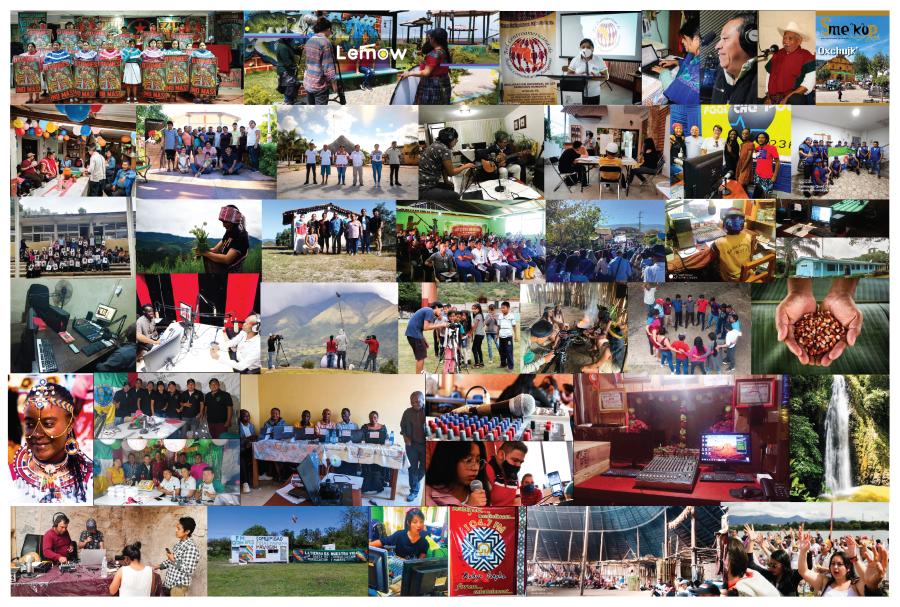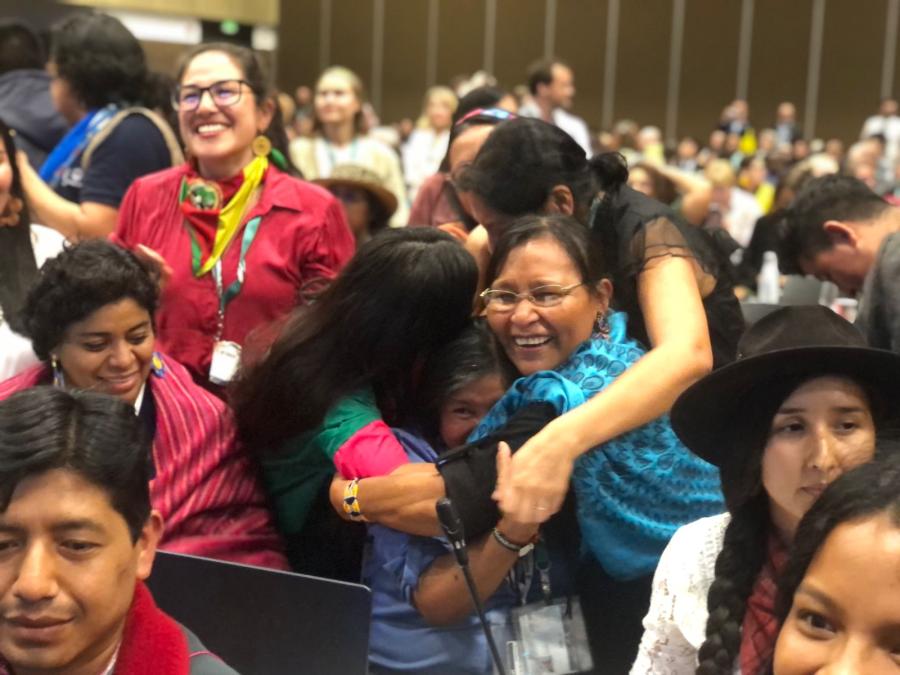Earth Day, April 22, is an important occasion for all of us. We could simply allow the day to come and go, or we can use it as a starting point for determining our goals and actions for the next decade: to halt the environmental degradation that confronts us at every turn.
If you want to learn about the ways in which others are making a difference, large and small, or if you want to know how you can change your life so that you can contribute daily to a better, healthier world, you might start by reading some of the following books. * Diane MacEachern's Save Our Planet: 750 Everyday Ways You Can Help Clean Up the Earth (Dell Publishing, $9.95) * John Elkington, Julia Hailes, and Joel Makower's The Green Consumer (Penguin, $8.95) * Lee Durrell's State of the Ark: An Atlas of Conservation in Action (Doubleday, $14.95) * John Seymour and Herbert Girardet's Blueprint for a Green Planet: How You Can Take Practical Action Today to Fight Pollution (London: Dorling Kindersley, £6.95) * Shopping for a Better World: A Quick and Easy Guide to Socially Responsible Supermarket Shopping - 1990 (New York: Council on Economic Priorities, $5.95)
Frankly, some of the environmental problems before us are so big that they must be faced not only by individuals in their day-to-day habits but by organizations that are large enough to confront problem policies head on. Such battles require time and money. Each of us can donate some of our time to these struggles. The struggles, however, also require resources. Listed below are some of the ways in which local groups have supported Cultural Survival's work in the past. This is not intended as a comprehensive list, but, rather, as a point of departure. One of these activities might give you an idea about how you can contribute to the organizations that you support and involve others at the same time. Challenge the groups that you support by earmarking your contributions for particular programs or by making your contribution conditional on a matching grant. * The lower school at Friends Central School in Philadelphia sold 238 boxes of Rainforest Church, generating $357 for CS-supported projects in Brazil. Another donor had agreed ahead of time to match those funds; thus, the school effectively raised $714. * Buckingham Brown and Nichols lower school (grades 3 to 6) in Cambridge, Massachusetts, is sponsoring a rain-forest "Read-a-thon" to sponsor CS's work on marketing rainforest products. In the past such events have raised $15,000, which can then be matched. * A CS member in San Francisco purchased 500 cases of Rainforest Crunch to distribute at her gift stores and at local rainforest events. This purchase generated $9,450 outright, double that when matched. * California Rainforests for Life Society is organizing a "Run, Ride, Stride" fundraiser for organizations working on rainforest issues. * WCDQ, a radio station in Sanford, Maine, organized a rainforest benefit for Cultural Survival and the Rainforest Action Network with local businesses donating food and prizes. * The Ecology Club at the Laurel School in Shaker Heights, Ohio, raised $600 through the sale of Rainforest Crunch and designated that the funds be used to purchase furniture for the Brazil nut processing plant at Xapuri, home of assassinated rubber tapper leader Chico Mendes. * Artist Rick Harlow and the Clark Gallery of Lincoln, Massachusetts, donated 20 percent ($8,000) of the proceeds from Rick's art sales to a project in the Colombian Amazon. * Two longtime CS supporters asked guests attending their wedding to contribute money for the purchase of cows and goats for the Ju/wasi Bushmen Fund instead of giving traditional wedding gifts. They raised $5,400. * One family donated $500 for the Yanomami Indians in Brazil as an alternative to exchanging gifts this past Christmas. Instead of gifts they informed their family and friends about the plight of the Yanomami. * A Davis, California, "Bike-a-thon" with 25 participants raised $1,700, for direct support for CS's rainforest projects. * Hill, Holliday (Boston's largest ad firm), Chelsea Pictures (a production company), Bob Richardson (director/cameraman), Video Craft (transfer time), Lost Planet (editorial), Eastman Kodak (film), Clairmont Camera (cameras), Blake Production (lighting), Precision Film Labs (film processing and developing), and many independent photographers have donated more than $300,000 in services to CS's multimedia campaign to inform the public about the connection between human rights violations and rainforest destruction. * The fourth grade class of Renbrook School, in West Hartford, Connecticut, donated $200 from a bake sale to support the rain forest. * York and Essex Jewelry Co. donated 50 percent of the profits from a special jewelry showing for CS's rainforest projects. * Rock bands - from high school and college groups all the way to the Grateful Dead - have held rainforest benefit concerts across the country. * A half dozen high school environmental groups have collected and sold aluminum cans and donated the proceeds for projects in Brazil.
Ailton Krenak, head of Brazil's Union of Indian Nations, says that everyone on the Earth lives in the same canoe. Some people are setting the canoe on fire, others are throwing garbage in it, and still others are cutting off pieces of it. We are all in the same boat, and we need to figure out how to live in it without destroying it.
When considering what each of us can do about environmental degradation, we must distinguish between environmental symptoms - rainforest depletion, pollution, erosion, acid rain, ozone depletion, oil spills, landfill, pesticides, food safety, and solid waste - and the causes of overall environmental degradation - the consumption of readily available, inexpensive items. It is, in fact, our consumption patterns that are destroying the world. Remember: even if you don't have the time or money to join an environmental group, changing your own consumption habits can make a world of difference. It starts with you.
Article copyright Cultural Survival, Inc.



